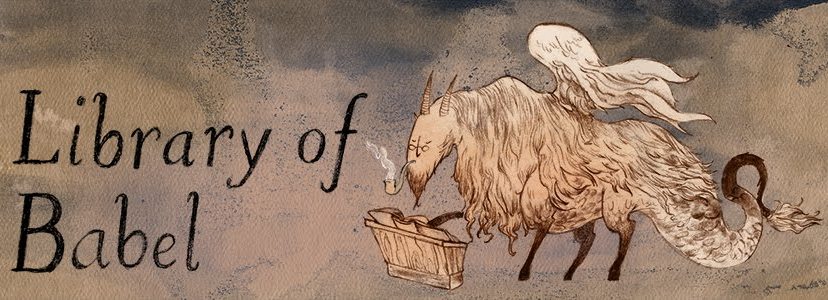Their favorites from the throng,
Yet how to pick the worthy ones
When they were dead and gone?
'Twas Gryffindor who found the way,
He whipped me off his head
The founders put some brains in me
So I could choose instead!
Now slip me snug around your ears,
I've never yet been wrong,
I'll have alook inside your mind
And tell where you belong!"
—"Sorting Hat Song," JK Rowling
Last Friday I didn't write a post because it was Match Day. This Friday, I'm writing a post about Match Day.
Match Day is a sort of annual anti-holiday for people in the American medical school system. Each year on Match Day, medical students—just a few months shy of graduating into full-fledged doctors—gather together to find out whether their immediate futures will be great, terrible, or somewhere in between. On Match Day, they are placed by a sort of techno-dystopian version of the sorting hat into their various medical residency programs, which will last for the next three years of their life and which are required for all doctors entering the profession.
While the sorting hat in the Harry Potter universe gives students no say in whether they will be stuck in Hufflepuff for the duration of their time at Hogwarts, medical students do have an opportunity to influence the matching algorithm that automatically sorts them into their residency programs, insofar as they rank the programs they would like to go to. But medical students have just as little ability to change the sorting hat's mind after it's made its decision: all matches are final.
Match Day is also pretty public. In past years at Anna's school, the annual ritual has been that students are called onto the stage in small groups, where they receive envelopes with their placements and are encouraged to open them and read the results to an audience of hundreds (or thousands, counting the webcast audience). Someone once asked my fiancee why Match Day is done this way. "Because they do not care about students' mental health," she said.
Match Day at Anna's medical school this year started bright and early with an 8:30 session for students with medical school loans. I was present at this event, and it was fantastic, by which I mean tolerable. Much of the session was dedicated to helping students learn how to jump through loopholes in the federal government's student loan policy—loopholes designed expressly to help people entering much less lucrative fields, but which apparently medical students have been more than happy to find out about and take advantage of. As a bonus, there was also some very excellent whining from people worried about the Obama administration's plan to tighten some of these loopholes, which was pretty rich coming from people who will make well upwards of $100,000 a year for the duration of their careers.
With the taste of that in our mouths, Anna and I moved on to the auditorium where the Match ceremony was being held. In a saner universe, everyone might have been patiently waiting with their loved ones and chatting over refreshments, or leaving and going out for lunch and coming back at noon to get their envelopes (note: no one is allowed to know their match before noon—NO ONE—or the medical school may lose its right to participate in match). In our reality, however, students were partitioned off from their family and friends in a giant hall, and an announcer at the front stalled for almost an hour and a half by laboriously calling up each student, one at a time, to get their envelope. I kept myself sane by updating Facebook:
 | ||
| The bedpan full of money is supposed to compensate whoever gets called last. |
I found out later that Anna was staying sane by sharing my updates with her fellow students on the other side of the partition. We are pretty cute, she and I.
After noon arrived—complete with, I kid you not, a New Year's Eve-style countdown—the students and their families rushed together across the partition and madly tore open their envelopes. Meanwhile, Anna and I left the auditorium to open our envelope somewhere calm and private. Happily, we got our first choice, the Ball Memorial Hospital program in Muncie, Indiana. We'd ranked it number one because (a) it's a great program, (b) it's next to a good place for me to go to grad school, and (c) it's near where my Dad's side of the family is from, so we'll have a support network already pretty well in place. We were very, very relieved and happy.
We pretty immediately packed our bags and hit the road for Muncie, on the prowl for a place to live. We found out some things and had a good time, but I'll save housing adventures for a future post.



















